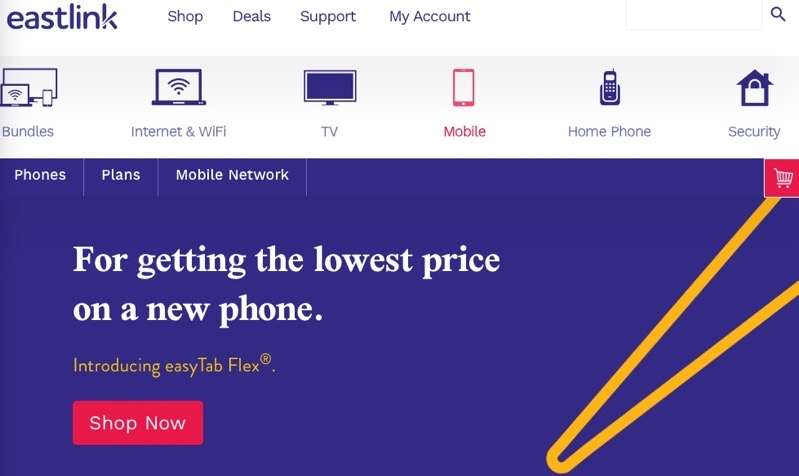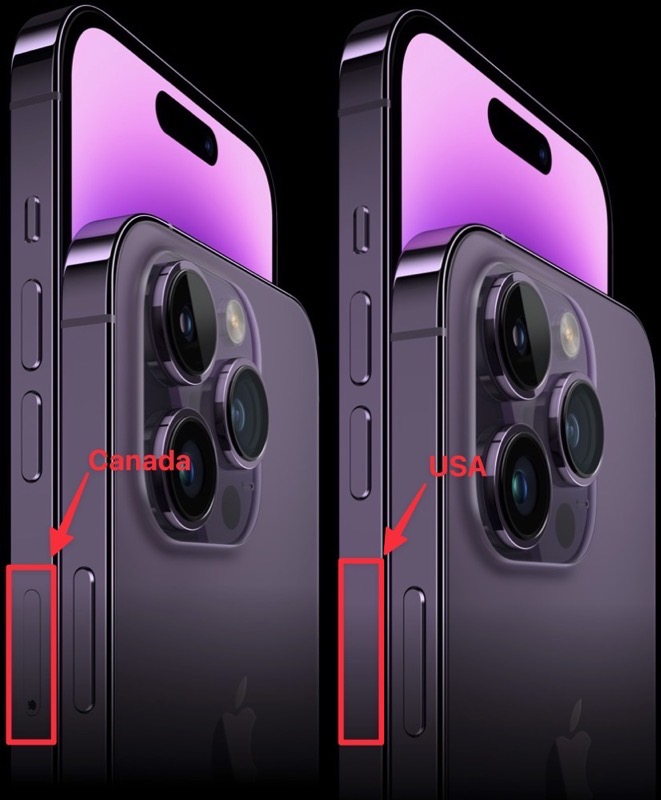
iPhone 14 eSIM Push to Make Switching Easier, Says Smaller U.S. Carriers

According to CNet, smaller telecom operators like Mint Mobile, US Mobile, and Boost Mobile see Apple’s push for eSIMs with this year’s iPhone 14 lineup as a good thing.
Like last year’s iPhone 13, the iPhone 14 series comes with Dual eSIM support. However, U.S. models go the extra mile and eliminate the physical SIM tray altogether.
Smaller operators believe that eSIMs will make it easier and quicker to register a new connection or switch from another carrier.
“Mint has always believed in digital technologies that enhance and ease wireless services,” said Aron North, chief marketing officer at Mint Mobile. “Mint has been supporting [the] eSIM for almost two years because we knew, even back then, this innovation would allow users to switch faster and easier.”
US Mobile, a mobile virtual network operator (MVNO) that piggybacks off Verizon and T-Mobile’s networks, shares Mint’s sentiments.
“I think it’s transformational,” Ahmed Khattak, US Mobile’s founder and CEO, said of Apple’s decision to remove the SIM tray from U.S. iPhone 14 models. “It really democratizes connectivity.”
A third of US Mobile’s 250,000 subscribers already use eSIMs today.
“It’s easier for you to move in, it’s easy for you to move out,” Khattak added. “I think the reason why people think it’s not that easy is because most carriers have made it very difficult” to switch in the past. “But I think if you try it out… you realize it’s so easy.”
According to Khattak, it can take “less than a minute to get your device provisioned with us.” If you wanted to switch to another carrier, it could similarly take “less than a minute to cancel your phone number.”
Boost Mobile CEO Stephen Stokols agrees that eSIMs make it “way easier to switch” carriers.
There’s no debating that customers will be able to get up and running with an eSIM much quicker than a traditional SIM card. Where a physical SIM card can potentially take days to arrive in the mail and requires an activation process, eSIMs can be acquired and activated almost immediately (and even entirely online).
Users don’t even have to figure out what size SIM card goes into their phone or look for long activation codes to enter into a website or parrot to customer service.
Khattak envisions that “the end result” of the transition to eSIM tech will be people “buying their cell phone connectivity on the app stores, not through local stores.”
That could be pretty beneficial for carriers, especially smaller ones, who won’t necessarily have to maintain as many physical stores.
All three of the U.S.’s largest providers (AT&T, T-Mobile, Verizon) support the eSIM. Some U.S. carriers, like T-Mobile and US Mobile, have even leveraged eSIM technology to offer free trial programs where potential customers can try out their service via temporary eSIMs.
Outside the U.S., iPhone 14 will still come with a physical SIM tray.
iPhone 14 models sold in Canada will retain the SIM tray as well. Canadian operators support eSIMs but we lack true MVNOs here.

There are going to be some growing pains with eSIM, as is expected with any change of this magnitude. Especially with Apple deciding to go cold turkey on SIM trays in the U.S. à la 3.5mm headphone jack.
For example, some carriers are still behind on adopting eSIMs. There’s also the question of transferring from an eSIM to a physical SIM card if you needed to go back to a device that doesn’t support them, which isn’t quite seamless with most providers right now.
In addition, eSIM isn’t ideal for customers who frequently switch between two or more phones.
What do you think about eSIMs and Apple pulling the SIM tray in the U.S.? Let us know in the comments below.

